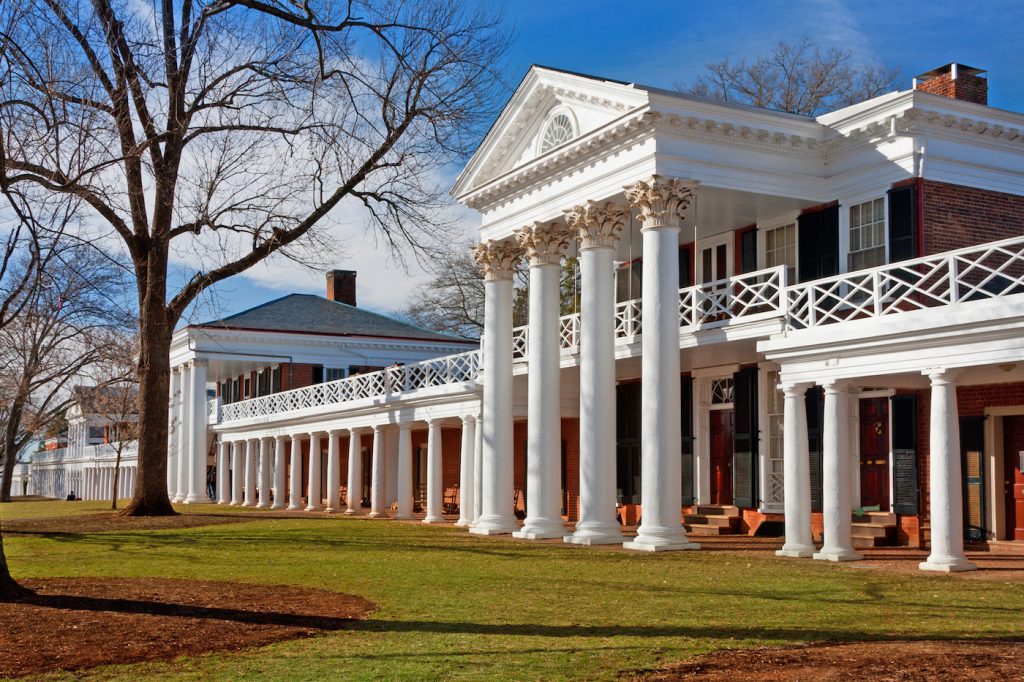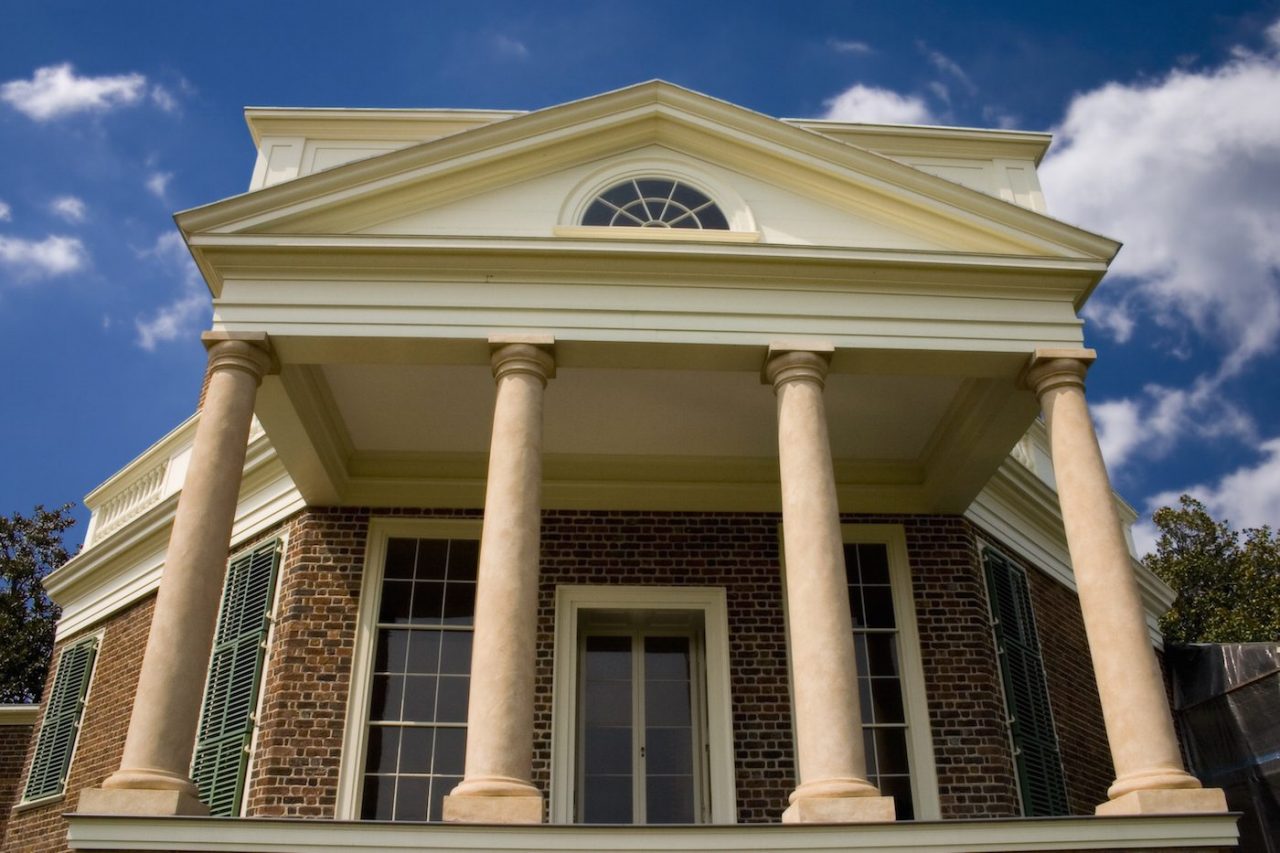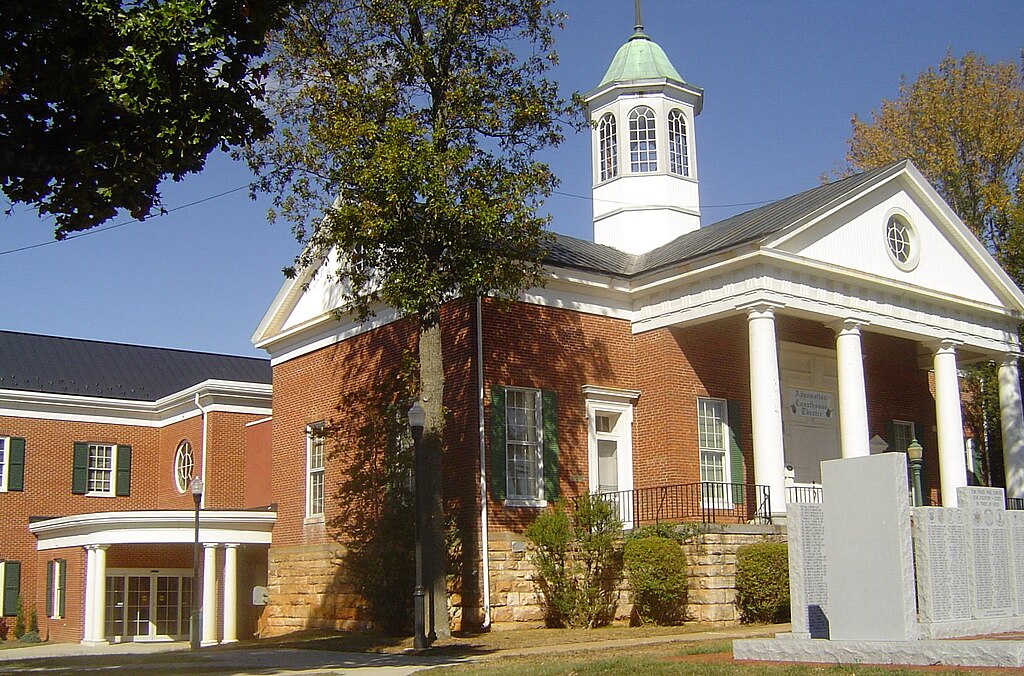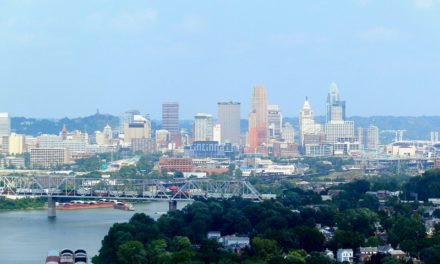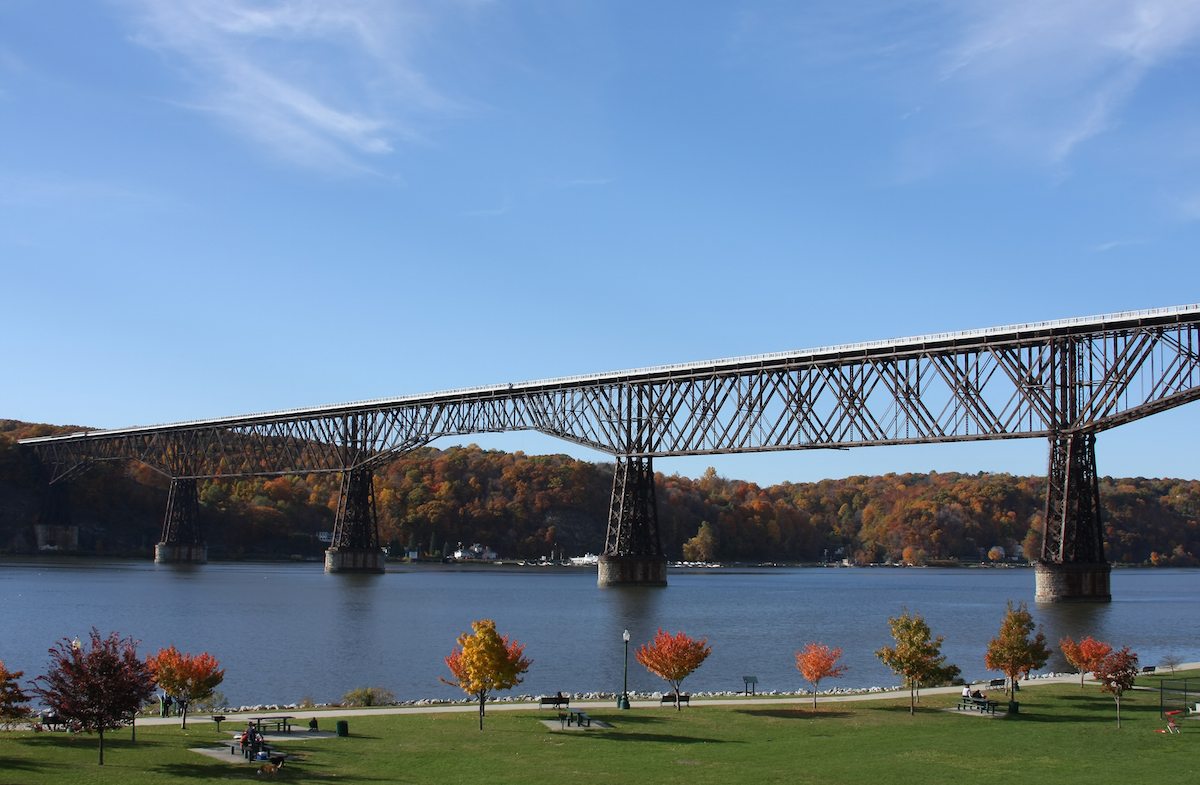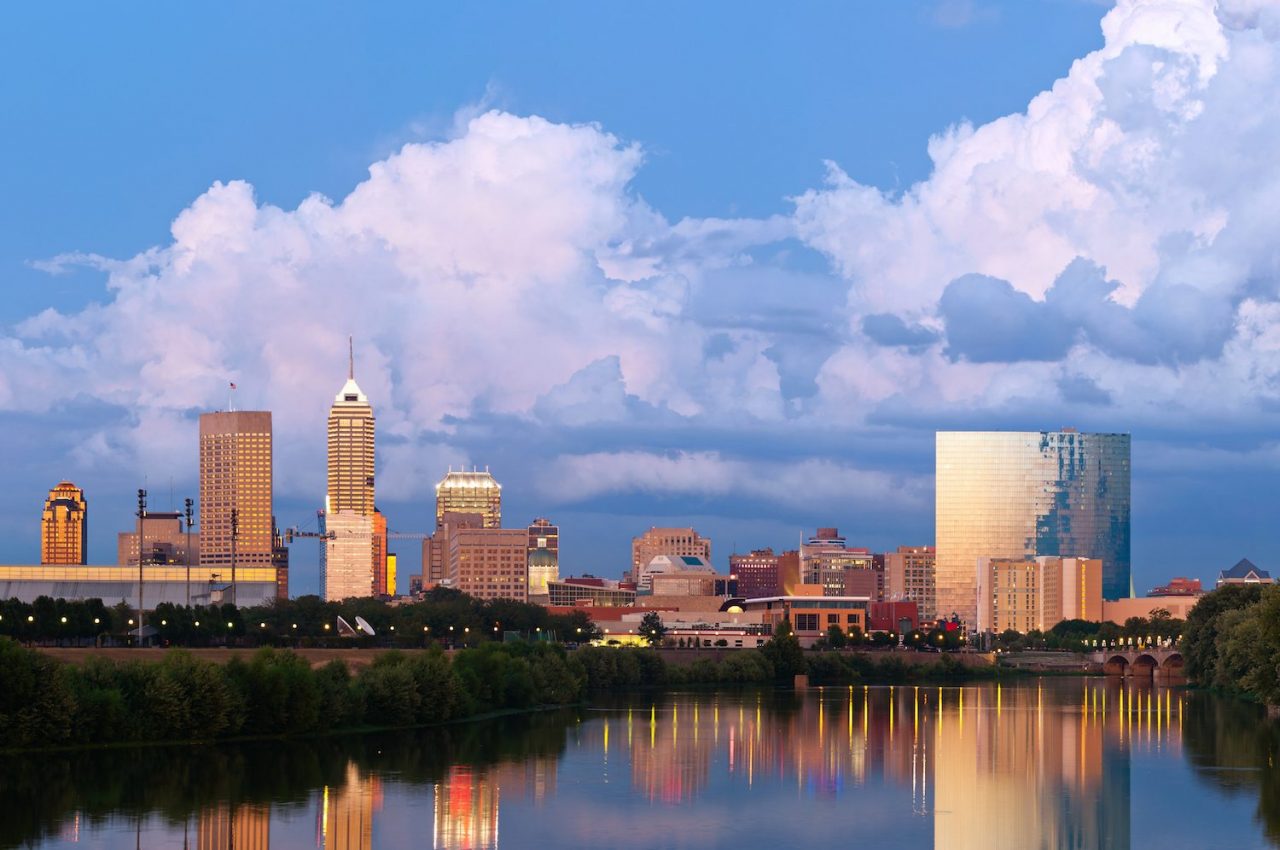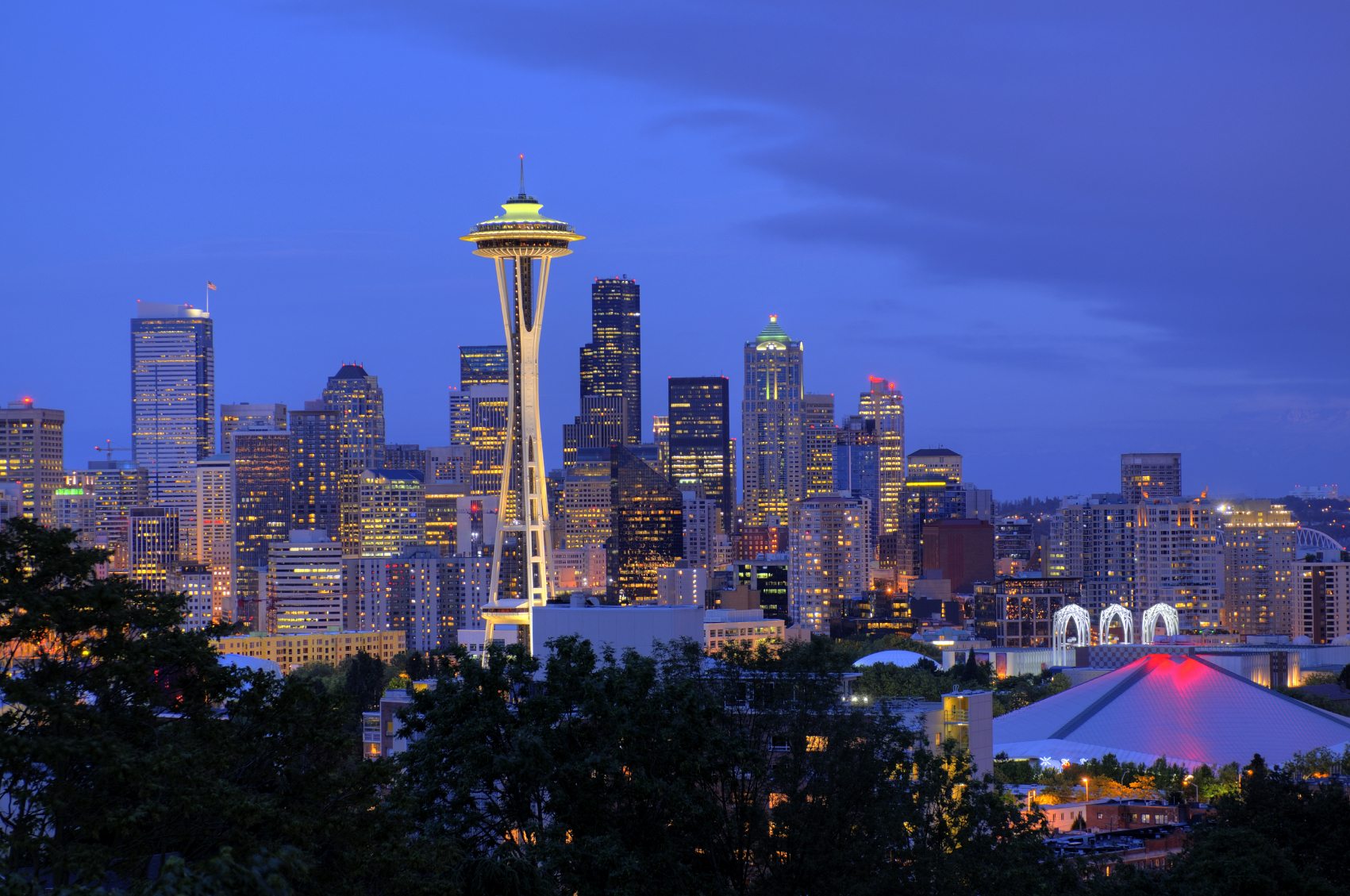Visually, America is a nation of vast distances, as well as intimate, awe inspiring scenery. It is also a country that can boast a unique collection of architecture, historic and modern, that impresses and inspires. Down through the centuries, America has produced some of the most creative minds for making immortal buildings. Many of these can be visited inside and out, and so we are taking you on a driving trip with design-focused destinations. Our first in the series is America’s first famous architect: Thomas Jefferson.
Thomas Jefferson (1743-1826) was the architect of the Declaration of Independence, a document so well constructed that it continues to house our national consciousness to this day. While politics was Jefferson’s vocation, architecture was his avocation. From his classical education and his love of the work of the great Italian architect Andrea Palladio, Jefferson engaged in a quest for a new architecture for our new republic.
He put his architectural ideals into practice in his own home, in the homes of his Virginia friends, and in his beloved university. One can learn much about the man from these architectural choices. Begin your drive along what we call the “Thomas Jefferson Architectural Byway”, at our third President’s home, Monticello.
Monticello
Monticello, in Albemarle County near Charlottesville, Virginia, evokes its owner at every turn, as well it should. Visitors may at first be surprised that what appears to be a one-story residence actually three stories; the ground floor and second floor being well concealed due to Jefferson’s deft handling of proportion. Outside, the red brick and crisp white trim set off the symmetrical proportions of this gracious home.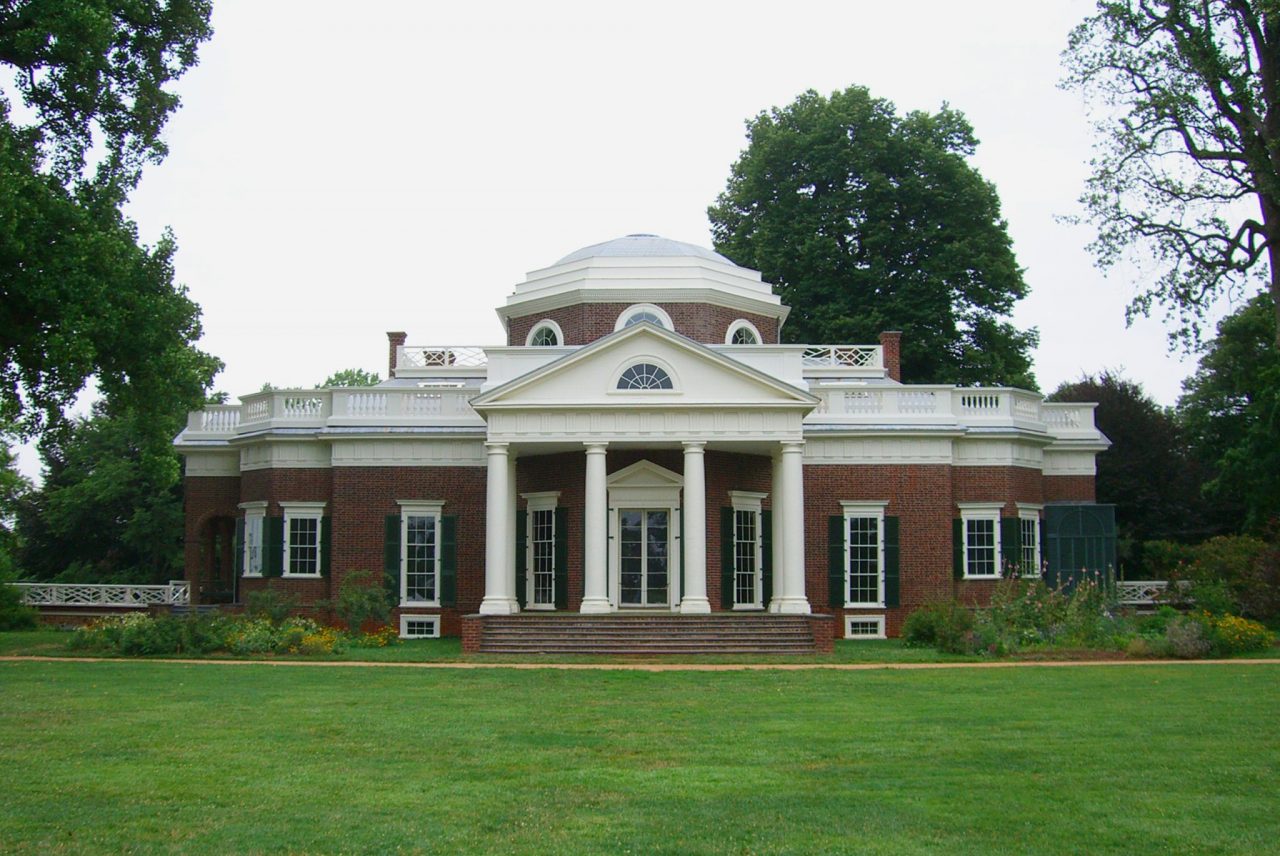
Once inside, the house evokes the man’s creative genius, with practical and charming features such as Jefferson’s alcove bed, from which he could arise in his bedroom or dressing room depending on his mood. A National Historic Site, Monticello is also the only private home in the United States designated as a UNESCO World Heritage Site. When at Monticello, plan to dine at the Cafe at Monticello on site, or at The Ordinary at Michie Tavern, nearby.
University of Virginia
From Monticello, it is a delightful drive down into Charlottesville, where you can visit Jefferson’s University of Virginia. Stylistically, the university campus is a near-relation to Monticello, again with the Palladian inspired symmetry of its design, and the use of red brick with crisp white trim. The dome of the Rotunda echoes the dome at Monticello as well. It is said that Jefferson loved to look through his spyglass down to the college as it was under construction. The extended wings of the original campus buildings are connected by walkways and stairs.
Each of the pavilions has its own character and distinction. Notice the serpentine brick walls, which Jefferson devised for economy and strength; the added plus being the segmented curves in which plantings can be shown off to marvelous effect. If you have the need for enclosing some of your own property, why not consider this time tested concept? While in Charlottesville have a meal at The Ivy Inn Restaurant or Hamilton’s at First & Main.
Follow Jefferson on Route 29
Depart Charlottesville to travel by way of Route 29 toward Lynchburg. You will enjoy the rolling scenery as you drive the Monacan Trail Road, following the route Jefferson himself used when he sought a quiet retreat and rest from the always busy Monticello. The Inn at the Crossroads in North Garden has been welcoming guests since 1820; the red brick bed and breakfast in is on the National Register of Historic Places and is known for its serene location and Virginia breakfasts. It is close to Pippin Hill Farm and Vineyard and Albemarle Cider Works.
At Covesville, stroll the historic district, see the Cove Presbyterian Church, and explore the Covesville Store. Drive through Woods Mill to Lovingston, county seat of Nelson County. (In the 1930s, Earl Hamner, Jr. wrote about life in Nelson County during the Depression. His stories became the inspiration for the The Waltons TV series.) Continue through Colleen and Kingswood to Amherst which has antique shops for you to explore.
Dine at Travelers Fine Food and Drink. Visit the Monacan Indian National Ancestral Museum, chronicling the heritage of the only Eastern Sioux people who continue to dwell on their ancestral lands. You will pass by Sweet Briar College, with its campus buildings by another famous American architect, Ralph Adams Cram. Then, continue through Lynchburg to Poplar Forest.
Poplar Forest
Poplar Forest, just south of Lynchburg, Virginia, was Jefferson’s private hideaway. The house is an octagonal building with a central perfectly proportioned twenty by twenty by twenty-foot cube shaped room. Beautifully and painstakingly restored – the restorations are continuing – the house evokes the neoclassical repose that Jefferson so loved. You will be fascinated by the cube room, and the details, from the blue and white transfer ware china on the tables to the section of cornice high overhead.
Poplar Forest is open to the public seven days a week, March 14 – December 30. Note that it is closed Easter, Thanksgiving Day, Christmas Eve and Christmas Day. While in the area, dine at Shoemakers American Grille in Lynchburg.
Travel by way of Route 460 through Concord and Appomattox. At Appomattox, visit Appomattox Court House National Historical Park to experience first-hand the history of the conclusion of the Civil War. See the Courthouse and the McLean House, as well as the other sites in this charming village. At the Museum of the Confederacy, you can see Robert E. Lee’s sword and uniform he wore when he surrendered to U. S. Grant.
The Babcock House Dining has lunch and dinner hours. Your drive takes you through Flood, Bowler, Pamplin, Elam, and Prospect, to Farmville. Here you will enjoy shops such as Amish Originals furniture as well as galleries and restaurants. Continue through Rice and Burkeville, where you will turn on to Route 360. This will take you on into Richmond, by way of Jetersville, Winterham, Skinquarter, and Woodlake.
Virginia State Capitol Building
The State Capitol building in Richmond, Virginia, is patterned after an ancient Roman building, the Maison Carrée in Nimes, France, built circa 7 AD. Jefferson commissioned a stucco model of the Maison Carrée while he was minister to France in 1785, which helped him work out the details of the Virginia State Capitol Building. The columns and pedimented portico are familiar features of grand and small civic buildings across the USA; this building is one of the places that inspired them.
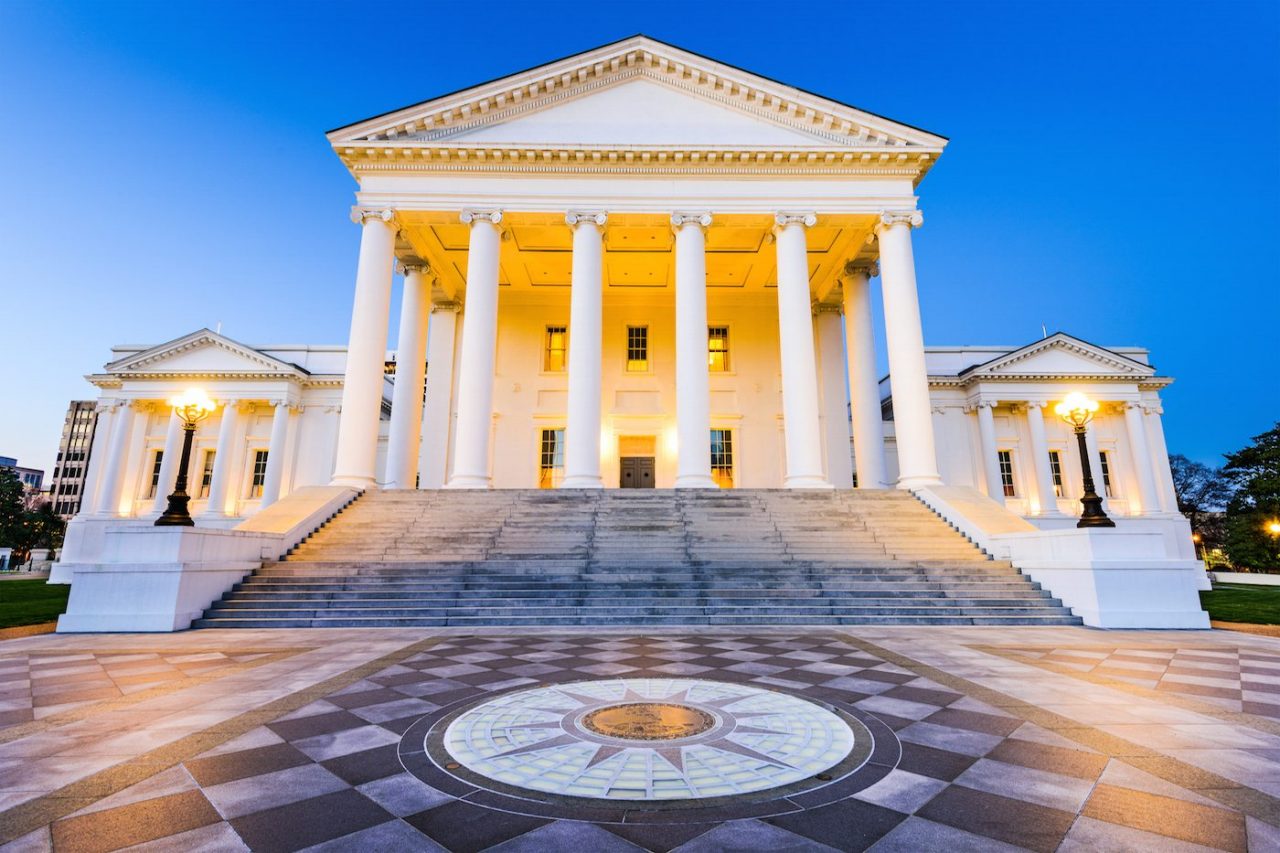
Governor Patrick Henry was present for the laying of the cornerstone; this building also served as the capitol of the Confederacy during the Civil War. Guided tours last an hour and include the Rotunda, Old House and Old Senate chambers, one of the 1906 legislative chambers located in the wings, and two newly restored rooms that were not previously on tour. Richmond is a busy and bustling city. Our favorite oasis in the Richmond area is the Wyndham Virginia Crossings Hotel and Conference Center. While not designed by Jefferson himself, it surely was designed with his aesthetic in mind. If you stay there, be sure to go to their breakfast buffet for one of the best omelets anywhere.
Beyond the Byway
Jefferson submitted an anonymous design in the competition for the new Capitol building in Washington DC. It was not selected, but the design shows once again his love of symmetry and Palladian precedents. The White House as we know it today owes much to Jefferson’s ideas, and his friendship with architect Benjamin Henry Latrobe, who modified James Hoban’s winning design. There are a number of manor houses in Virginia which owe much of their design to Jefferson’s expertise, as well, but these remain in private hands.

